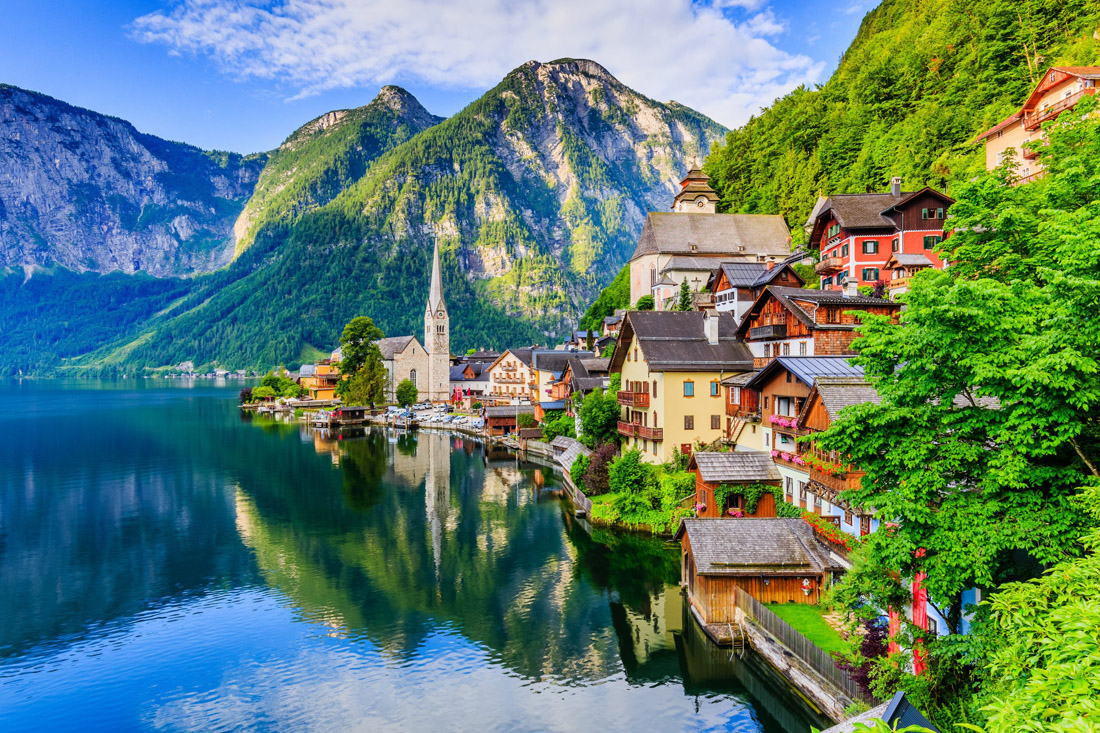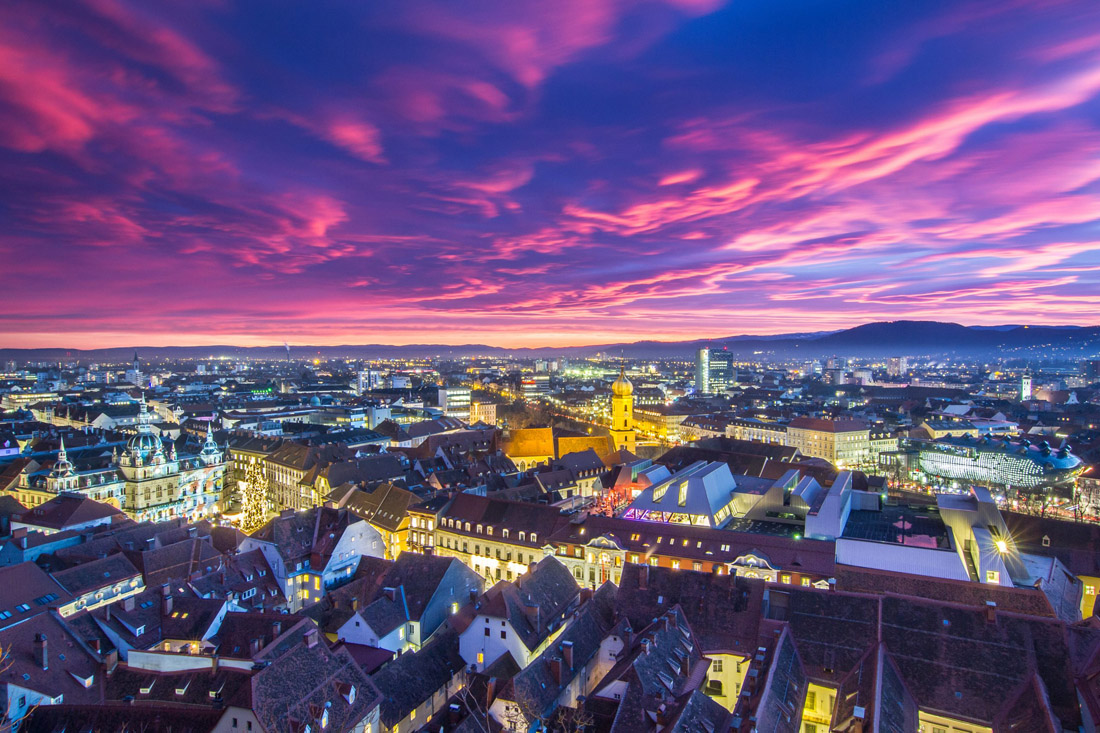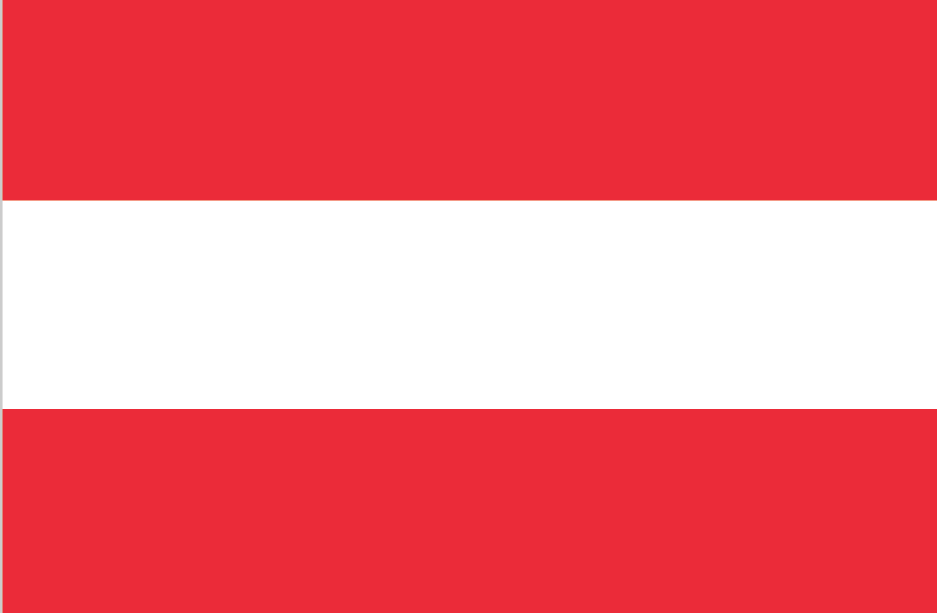Travel Destination
Australia
Australia, the world’s sixth-largest country, is both a country and a continent, located in the Southern Hemisphere. It is surrounded by the Indian Ocean and the Pacific Ocean. English is the official language, and Australia is known for its unique wildlife, diverse ecosystems, iconic landmarks such as the Sydney Opera House and the Great Barrier Reef, as well as its vibrant cities like Sydney and Melbourne.

Vienna
Welcome to Vienna, Austria’s imperial capital, where history and modernity harmoniously coexist. Grand boulevards and opulent palaces will bring you back in time to the glory days of the Habsburg Empire. Marvel at architectural wonders like Schönbrunn Palace and St. Stephen’s Cathedral, each telling a captivating story of the city’s past. Transitioning to the present, Vienna boasts a vibrant arts and culture scene, with world-class museums, galleries, and music concerts. Indulge in the Viennese coffeehouse culture, savoring the rich flavors of a traditional melange.
Salzburg
Welcome to Salzburg, the city nestled in the Austrian Alps, renowned for its breathtaking landscapes and rich cultural heritage. As you wander through the charming old town, you’ll be captivated by the baroque architecture and historic charm. Visit the Hohensalzburg Fortress, offering stunning views of the city and the surrounding mountains. Salzburg embraces its musical legacy, hosting the world-famous Salzburg Festival every summer. Indulge in the city’s delectable culinary scene, savoring traditional Austrian dishes like Wiener Schnitzel and Sachertorte.
Graz
Welcome to Graz, the vibrant capital of Styria, Austria’s second-largest city and a UNESCO World Heritage site. Stroll through the historic old town, where Renaissance and Baroque architecture blend harmoniously with modern structures. Admire the iconic Clock Tower and explore the enchanting Schlossberg, offering panoramic views. Graz embraces its role as a UNESCO City of Design, boasting innovative art installations and contemporary cultural events. Discover the diverse culinary scene, from traditional Austrian dishes to international delights.
Innsbruck
Welcome to Innsbruck, the capital of Tyrol, Austria. Surrounded by the magnificent Alps, this charming city offers a unique blend of alpine beauty and urban vibrancy. Begin your journey in the historic old town, where you’ll be mesmerized by the colorful buildings and ornate facades. Don’t miss the iconic Golden Roof, a 15th-century architectural gem. Innsbruck is a paradise for winter sports enthusiasts, with world-class ski resorts nearby. Transitioning to the city’s cultural scene, explore museums, galleries, and theaters that showcase the region’s rich heritage.
Klagenfurt
Welcome to Klagenfurt, the captivating capital of Carinthia, Austria. Situated by the serene Lake Wörthersee, this picturesque city boasts a harmonious blend of natural beauty and cultural richness. Explore the historic city center, where medieval architecture meets modern design. The iconic Lindwurm Fountain, symbolizing Klagenfurt’s folklore, is a must-see. Delve into the city’s museums, showcasing art and history treasures. Discover vibrant cafes and restaurants where Klagenfurt offers warm hospitality and a plethora of enriching experiences for all.
Linz
Welcome to Linz, the dynamic and vibrant city nestled along the Danube River in Upper Austria. With a perfect blend of history, culture, and modernity, Linz offers an unforgettable experience for all travelers. As you stroll through the charming streets, you’ll encounter a seamless integration of historic architecture and contemporary structures. Don’t miss the iconic Ars Electronica Center, a hub of digital art and technology. Explore the UNESCO-listed Old Town with its quaint squares and cozy cafes. Enjoy the scenic beauty of the Danube while crossing the Nibelungen Bridge.
Country information
- Country code: AT, AUT (ISO 3166-1)
- Population: 8 902 600 (2020)
- Currency: Euro (€, EUR)
- Calling code: +43






